Giant Schnauzers are large working dogs that were originally developed to drive cattle to and from markets for farmers. Today, they are used as police dogs and are often described as “gentle giants” and loyal guardians by their humans.
They don’t shed much either.
Giant Schnauzers have a dense, wiry double coat that doesn’t shed very much. And, according to the American Kennel Club, they are a hypoallergenic breed. They’re not the easiest dog to groom though, maintaining their coat involves regular brushing and trimming.
In this article, we’ll discuss how much shedding you should expect and what Giants are like to groom, so you know what you’re in for before adopting.
Recommended: Go here to see our top-rated dog hair blow dryers
Giant Schnauzer Shedding – What to Expect
Giant Schnauzers are a low shedding breed.
They are the largest of three types of Schnauzer (miniature, standard and giant sizes) which all shed a similar amount. Especially since the Giant Schnauzer is basically just a bigger version of the Standard Schnauzer.
But if you had to compare all three, the Giant would be the heaviest shedder. Which is simply due to his size. He’s not a particularly massive dog, and both large and small dogs can shed just as much.
But if you put three dogs together that are all very similar, it is only logical to conclude that the one with the most hair on their body is going to be the heaviest shedder.
Either way, Giant Schnauzers molt. This is a perfectly natural occurance where he is shedding his old, dead hairs and replacing them with new ones. Thankfully, they don’t drop a huge amount of hair like some dogs, but they do drop more than a completely “non-shedding” breed.
So you will notice some hair floating around the home.
Just how much you notice will depend on factors like the individual dog, what you’re feeding him, his overall health, the condition of his coat, the time of year, and how you groom him for example.
Related: Dog Shedding FAQ (Why Do Dogs Shed?)
There’s not much you can do about the individual dog once you’ve adopted one, but you can speak to your vet about selecting an optimal dog food. As this can make a big difference to the condition of his coat and how much he molts.
As for the time of year, most dogs shed more during times like spring and fall as they adapt to changing seasons. This isn’t very extreme with a Giant Schnauzer, but you may notice an uptick in hair on your floors and furniture for a few weeks or so during these seasons.
There are some instances where shedding isn’t “normal” though, and where it could be cause for concern. In most cases, a low-to-moderate amount of fur dropping out throughout the year is normal for Giant Schnauzers. But if you have any concerns, it may be worth speaking with your vet.
Recommended: Go here to see our top-rated dog hair blow dryers
Are They Non-Allergenic?
One of the selling points to all of the Schnauzer breeds is that they are considered to be hypoallergenic by sites like the American Kennel Club (AKC). Meaning they are more suitable for people with dog allergies.
However, the reality is that ALL dogs have the potential to cause issues for people who suffer from allergies. Period. So even though Giant Schnauzers are non-allergenic, it still pays to exercise caution if you are super sensitive to animal allergens.
Pet allergies are not caused by the dog hair itself, it is mostly their dander (dead skin). So even non-shedding dogs and hairless breeds can cause problems for some people. Because they all produce dander and other allergens like saliva, sweat and urine.
However, since their coat doesn’t produce lots of dander and they don’t shed lots, Giant Schnauzers are “generally” considered more suitable for those with allergies than most dogs.
Grooming Your Giant Schnauzer
Grooming a Giant Schnauzer does require some time and effort.
And this is mostly due to the texture and length of his coat.
Giant Schnauzers have a dense, weather-resistant double coat. Their outer coat is harsh and wiry, and comes in colors like black, pepper and fawn. While the undercoat is soft and dense.
As for the length of the coat, this depends on how you keep it. Left untrimmed, it will continue to grow longer, especially around the face, ears and leg areas. And where the coat is longer, more care is needed when brushing to remove any mats and tangles.
For these areas, a slicker brush works well. Which is a brush made up of fine wire bristles with plastic tips on the ends. Or a metal comb can work just as well. Either way, brushing a few times per week is normally enough to maintain his coat and remove any loose hairs.
However, just how much effort you put into grooming him, really depends on how you decide to keep his coat. Like any curly-coated dog, if you plan on having him in the show ring, you’ll need to have him hand stripped a couple times per year.
As you can see from the video above, hand stripping is a tedious process of plucking the old hairs off of his coat and is something that is best done by a professional groomer. But there are some helpful guides out there, like the video above, and this article, which can help you learn how to do it yourself.
Either way, whether you do it yourself or have a groomer do it, the benefit of hand stripping is that it helps maintain the color and texture of his coat.
The alternative method is having him clipped.
Which is much easier and what most owners do. Especially those that aren’t wanting to enter him into a dog show. A clip once every couple of months is typically enough to keep his coat in good condition and prevent the hair from getting too long around his face.
However, if you trim his coat, keep in mind that it does tend to make it softer, duller, and more peppery in color. And it may lead to higher levels of shedding, or at least make the shedding more noticeable. Simply because the coat isn’t trapping as much of the old fur as it falls out.
In other words, a shorter coat typically drops more fur between brushes.
Bottom Line
Giant Schnauzers do shed some hair, but not much, and their coat is also considered to be hypoallergenic. So, if you’re looking for a dog that doesn’t molt very much and one that is (generally) less likely to cause allergies, then this could be the dog you’ve been looking for.
However, it does take some time and effort to maintain his coat. So he’s probably not the best dog for those who want a low maintenance breed.
If you’re looking for the best of both worlds (low shedding AND easy grooming) then a breed like the Basenji may be the better alternative.
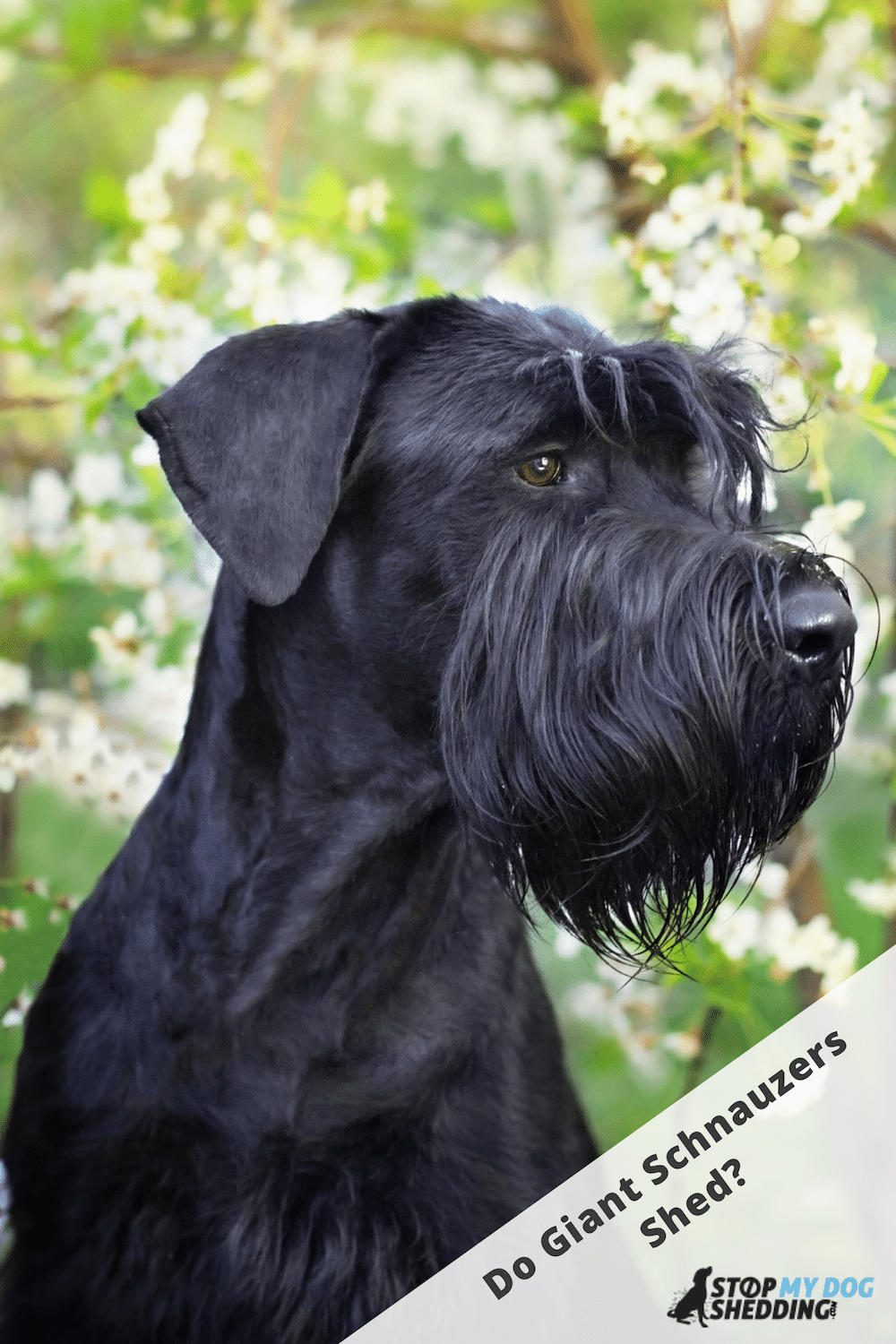

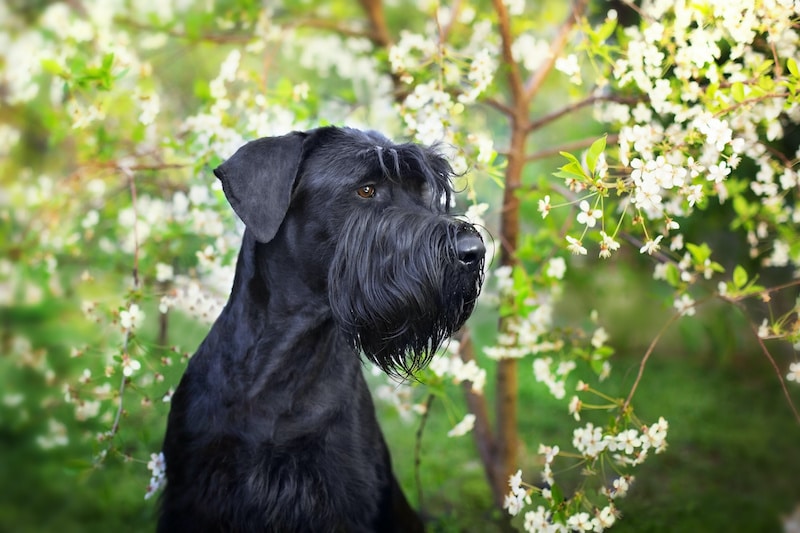
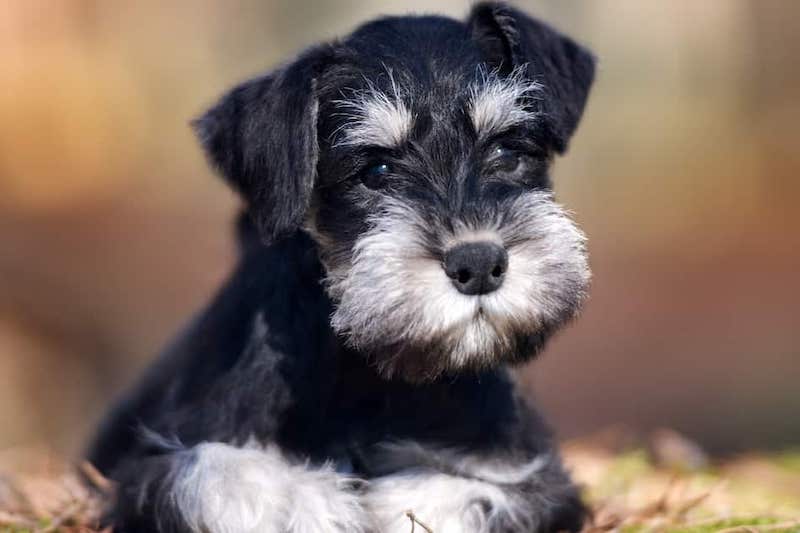
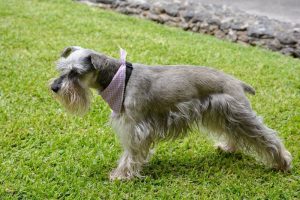
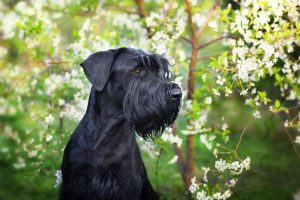










Please note: By submitting a comment using the above comment form, you confirm that you agree with the storage and handling of your data by this site as detailed in our Privacy Policy.